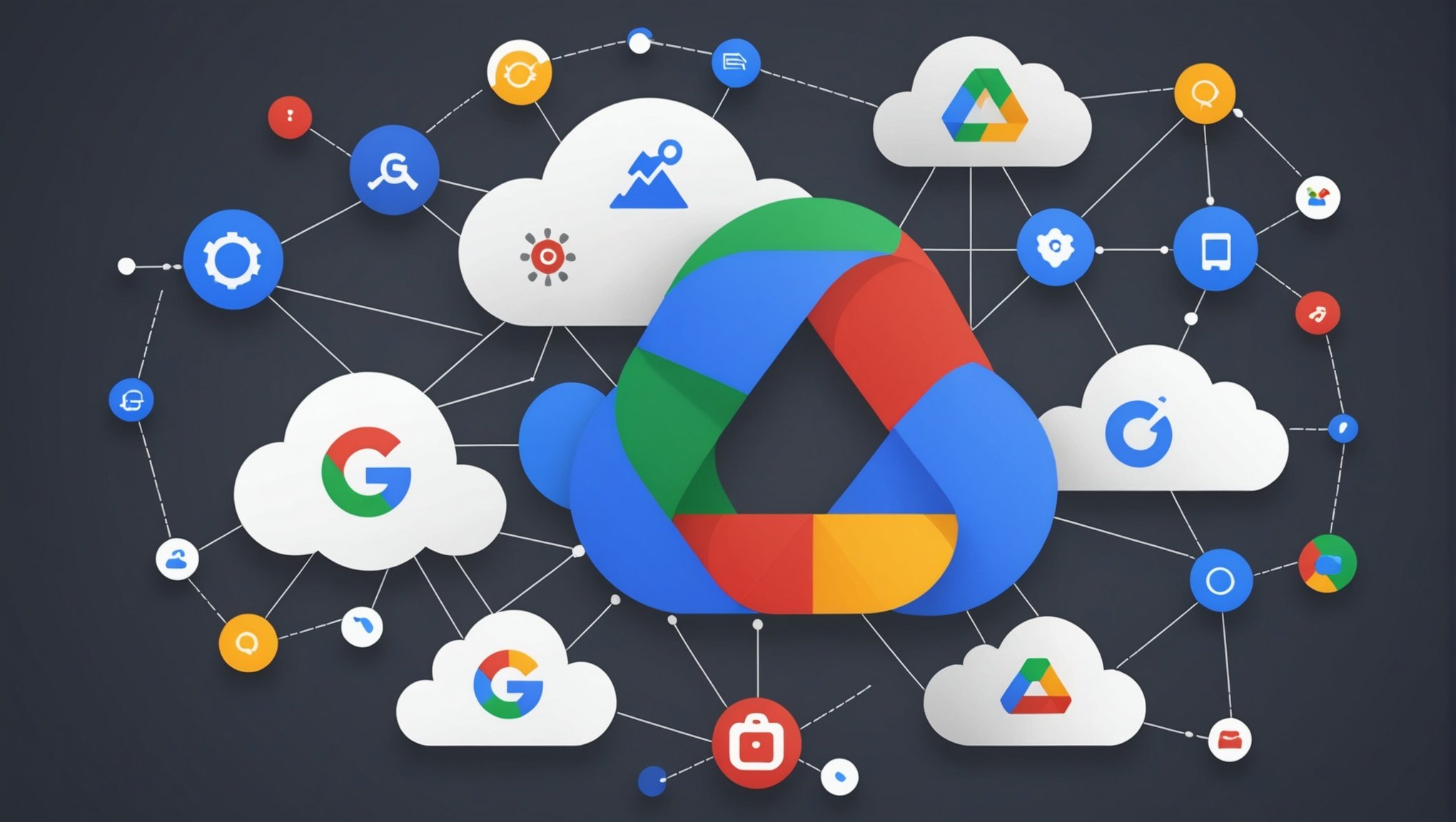In an era where machine learning is revolutionizing numerous industries, the capability to develop custom models that suit specific needs is more critical than ever. Organizations and businesses strive to harness the power of machine learning to extract valuable insights, automate processes, and provide personalized experiences. However, training machine learning models from scratch often demands substantial expertise and resources. This is where Google Cloud AutoML steps in, offering a streamlined, efficient solution for developing custom models. Today, we explore how you can leverage Google Cloud AutoML to create and train custom machine learning models, breaking down its functionalities and advantages.
Understanding Google Cloud AutoML
Google Cloud AutoML stands out as a suite of machine learning products that enable developers with limited machine learning expertise to train high-quality models tailored to their specific needs. Utilizing sophisticated algorithms and the vast computational resources of Google’s infrastructure, AutoML simplifies the pipeline of developing machine learning models. Whether you are dealing with image recognition, natural language processing, or translation tasks, AutoML provides a user-friendly interface to build, train, and deploy models.
Also to see : How do you set up a real-time data pipeline using Apache Kafka and Apache Storm?
Google Cloud AutoML is designed to cater not just to large enterprises but also to smaller businesses and developers who wish to integrate artificial intelligence (AI) in their applications without delving deep into the complexities of machine learning algorithms. The platform’s intuitive design allows users to upload their data, customize their model, and harness the power of Google’s advanced machine learning capabilities seamlessly.
Key Features of Google Cloud AutoML
Google Cloud AutoML encompasses several distinctive features that enhance its ease of use and efficiency. Here, we delve into what makes AutoML a formidable tool for developing custom machine learning models:
In the same genre : How do you utilize Prometheus for monitoring and alerting in a microservices architecture?
User-Friendly Interface and Data Management
One of the standout attributes of Google Cloud AutoML is its intuitive user interface. The platform is designed to provide a seamless, guided experience from data upload to model deployment. Users can effortlessly upload datasets through a drag-and-drop mechanism, streamline data preprocessing, and visualize data distribution via integrated tools.
AutoML’s data management capabilities are comprehensive. The platform supports various data types, including images, text, and structured data, thereby accommodating a wide range of machine learning applications. By managing missing values, performing data augmentation, and splitting data into training, validation, and test sets, AutoML ensures that your dataset is ready for model training without extensive preprocessing efforts.
Automated Model Training and Tuning
The core value proposition of Google Cloud AutoML lies in its automated model training and hyperparameter tuning. Unlike traditional machine learning frameworks, which require manual intervention to select appropriate algorithms and tune hyperparameters, AutoML leverages advanced techniques to automate these processes.
By utilizing neural architecture search and other optimization algorithms, AutoML identifies the best-performing model architecture for your dataset. The platform’s tuning capabilities further refine model performance by experimenting with different configurations, thereby ensuring optimal accuracy and efficiency. This automation not only saves time but also democratizes access to powerful machine learning capabilities.
Scalability and Performance
Google Cloud AutoML’s scalability is unmatched. The platform utilizes Google’s extensive cloud infrastructure to offer rapid training and inference times, even for large datasets. Scalability ensures that as your data grows, AutoML can handle the increased load without compromising performance.
Moreover, the platform’s performance is enhanced by leveraging Google’s Tensor Processing Units (TPUs), which are specialized hardware accelerators designed for machine learning tasks. By utilizing TPUs, AutoML achieves high computational efficiency, significantly reducing training times for complex models.
Model Deployment and Integration
Deploying trained models into production environments is often a daunting task. Google Cloud AutoML simplifies this process through its integrated deployment capabilities. Once a model is trained and validated, it can be deployed directly to Google Cloud, where it can be accessed via RESTful APIs.
The platform also provides seamless integration with other Google Cloud services, such as BigQuery, enabling users to incorporate machine learning predictions into their existing workflows. This integration ensures that the transition from model development to practical application is smooth and efficient.
Practical Applications of Google Cloud AutoML
Google Cloud AutoML is a versatile tool that can be applied across various industries and domains. Below, we explore some practical applications of AutoML and how it can be leveraged to address specific challenges.
Image Recognition and Analysis
Image recognition is one of the most prominent applications of machine learning, and Google Cloud AutoML provides robust solutions for training custom image recognition models. Whether you are in healthcare, retail, or manufacturing, AutoML can help develop models that identify objects, classify images, and detect anomalies with high accuracy.
For example, in healthcare, AutoML can be used to train models that analyze medical images to detect diseases such as cancer or diabetic retinopathy. Retail businesses can leverage AutoML to develop models that recognize products from images, facilitating inventory management and personalized shopping experiences.
Natural Language Processing (NLP)
Natural Language Processing (NLP) is another area where Google Cloud AutoML excels. The platform offers tools for training custom models that understand and interpret human language. These models can be used for various applications, including sentiment analysis, language translation, and entity recognition.
Businesses can use AutoML to develop sentiment analysis models that analyze customer reviews and feedback, enabling them to gauge customer satisfaction levels and improve their services. Similarly, language translation models can be trained to support multilingual customer service, ensuring effective communication with a diverse customer base.
Predictive Analytics
Predictive analytics involves using historical data to make informed predictions about future events. Google Cloud AutoML facilitates the development of predictive models that can forecast trends, identify potential risks, and optimize decision-making processes.
For instance, in finance, AutoML can be used to train models that predict stock prices or assess credit risk. In logistics, predictive models can forecast demand, optimize supply chain operations, and reduce operational costs.
Steps to Train Custom Models Using Google Cloud AutoML
Training custom machine learning models using Google Cloud AutoML involves several structured steps. Below, we outline a general workflow to guide you through the process:
Data Preparation and Upload
The first step in training a custom model is preparing your dataset. Ensure that your data is clean, well-labeled, and representative of the problem you aim to solve. Once your dataset is ready, you can upload it to Google Cloud Storage, from where it will be imported into AutoML.
Model Creation and Configuration
After uploading your data, navigate to the AutoML interface and create a new model. You will be prompted to select the type of model you want to train (e.g., image classification, text classification). Configure the model settings, specifying parameters such as the number of training epochs and evaluation metrics.
Training and Validation
With your model configured, initiate the training process. AutoML will automatically split your data into training, validation, and test sets and start training the model. During this phase, the platform performs hyperparameter tuning and evaluates model performance against the validation set.
Evaluation and Refinement
Once training is complete, AutoML provides a detailed evaluation of your model’s performance. Review metrics such as accuracy, precision, and recall to assess how well your model performs. If needed, refine your model by adjusting parameters or incorporating additional data.
Deployment and Integration
When satisfied with your model’s performance, proceed to deploy it via AutoML’s integrated deployment features. Your model will be hosted on Google Cloud, and you can access it through RESTful APIs. Integrate the model into your applications or workflows to start generating predictions and insights.
Google Cloud AutoML presents an accessible yet powerful solution for training custom machine learning models. By simplifying the complexities of model development, AutoML empowers businesses and developers to harness the transformative potential of machine learning. Whether you are looking to build image recognition systems, enhance natural language processing capabilities, or predict future trends, AutoML provides the tools and infrastructure to achieve your goals.
In summary, Google Cloud AutoML democratizes access to advanced machine learning, enabling you to develop high-quality, custom models with ease. Embrace the power of AutoML to drive innovation and achieve remarkable results in your machine learning endeavors.











